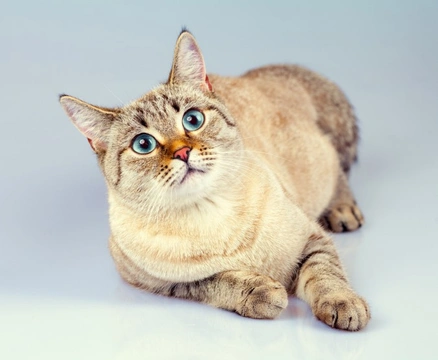
Six changes in your cat’s coat that require attention
Unlike dogs, cats are very fastidious about their personal grooming, and spend significant amounts of time each day licking and grooming themselves to keep their coats clean and in good condition. While longhaired cats may require supplemental brushing and grooming to keep their coats smooth and remove tangles, most shorthaired cats take care of all of their grooming needs on their own, without any need for help!
Cats also don’t need regular bathing like most dogs do (with a few exceptions, such as with hairless breeds like the sphynx) unless they get something particularly sticky or potentially toxic in their coats, and so, many cats go through their whole lives without having a bath!
However, brushing your cat and taking the time to check over the condition of their skin and coat while you do so can give you a good opportunity to check that everything is fine and how it should be, and that there are no problems occurring that you might otherwise overlook.
In this article, we will look at six potential changes that can occur in your cat’s coat that should not be ignored, as they may be a sign that something is amiss. Read on to learn more.
A dull, dry coat
One of the main symptoms of a systemic condition that is causing a problem for your cat is if their coat loses its sheen and appears dull, accompanied by dry skin that is losing its elasticity and may be shedding dandruff.
This may be caused by a poor quality diet or a lack of appropriate nutrients, and so it is worth considering changing your cat’s diet to something more suitable, and if this does not make a difference, ask your vet to check your cat over to make sure that they are not ill.
Loss of hair
If your cat is losing their hair in patches or shedding excessively and the whole of their coat is gradually thinning out, this can be caused by a whole host of different things, from ringworm to stress.
Allergies, dermatitis and some more serious and chronic health conditions such as Addison’s disease can all lead to hair loss as well, and so it is again well worth getting your vet to check your cat out to make sure that they are not ill.
Longer, thicker hair
Changes in the texture of your cat’s coat, and particularly, spotting that their coat seems to be growing thicker or longer than it usually does, either all over or in patches, can also indicate a problem in the making.
Some feline health conditions such as Cushing’s disease can interfere with the normal growth of your cat’s fur, and lead to excessive hair growth, or the coat growing longer than it would naturally, so again, this requires a trip to the vet to find out more.
Matts and knots
If nothing has changed in terms of your cat’s grooming routine and yet they seem to be suffering from matted up patches of hair or knotted areas, this may indicate that your cat’s fur is being affected by an underlying health condition that is changing its length and texture.
However, not all conditions that your cat may develop will directly change the condition of the coat, but if your cat feels under the weather or unwell, they may well neglect their usual fastidious grooming and so, the condition of their coat will suffer. Ask your vet to run some tests to find out what is going on.
Colour changes
As your cat ages, they will naturally begin to get a few grey hairs just like people do, and some cats will end up with more grey or white in their coat than their original colour, as a natural part of the aging process. However, there are a few other things that can also lead to changes in the colour of your cat’s coat, either all over or in patches, including hormonal conditions and some forms of allergies.
Do not ignore changes to your cat’s coat colour that are not related to aging or the changing of the seasons; get your cat checked out by the vet.
A tacky or greasy coat
Cat’s coats are generally clean and smooth, and never naturally tacky or greasy to the touch. If your cat’s coat does feel tacky or greasy, this may indicate either that they are not grooming themselves as much as normal, which can happen if your cat does not feel well, or it may be a direct symptom of a hormone imbalance such as hyperthyroidism, which may also be accompanied by loss of both weight and also fur.
This condition can usually be corrected easily with medication to correct the imbalance, and your vet will be able to run some tests to reach a diagnosis and begin treatment.



